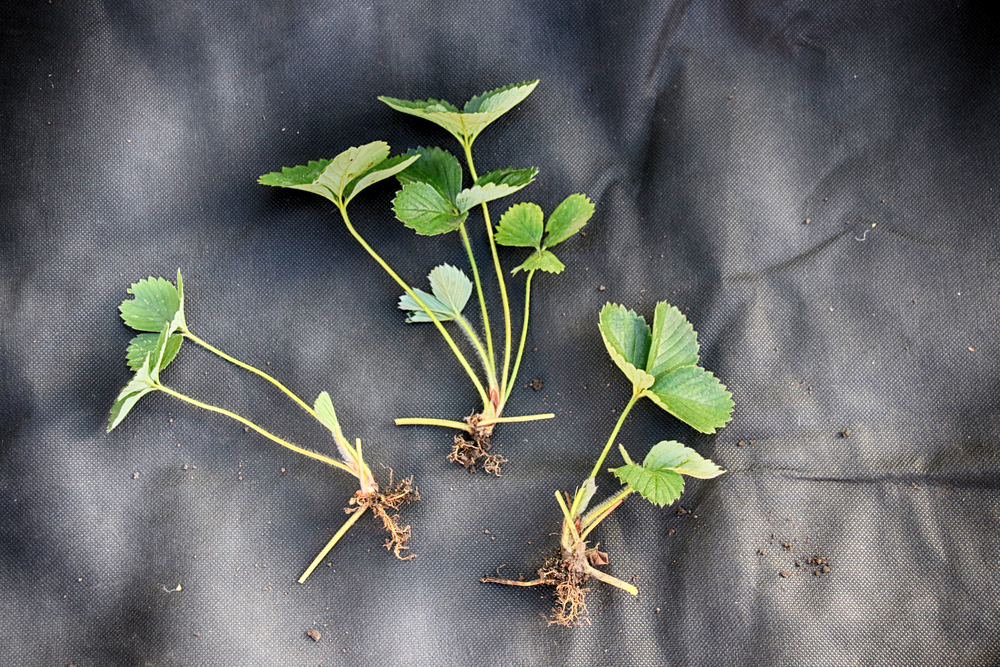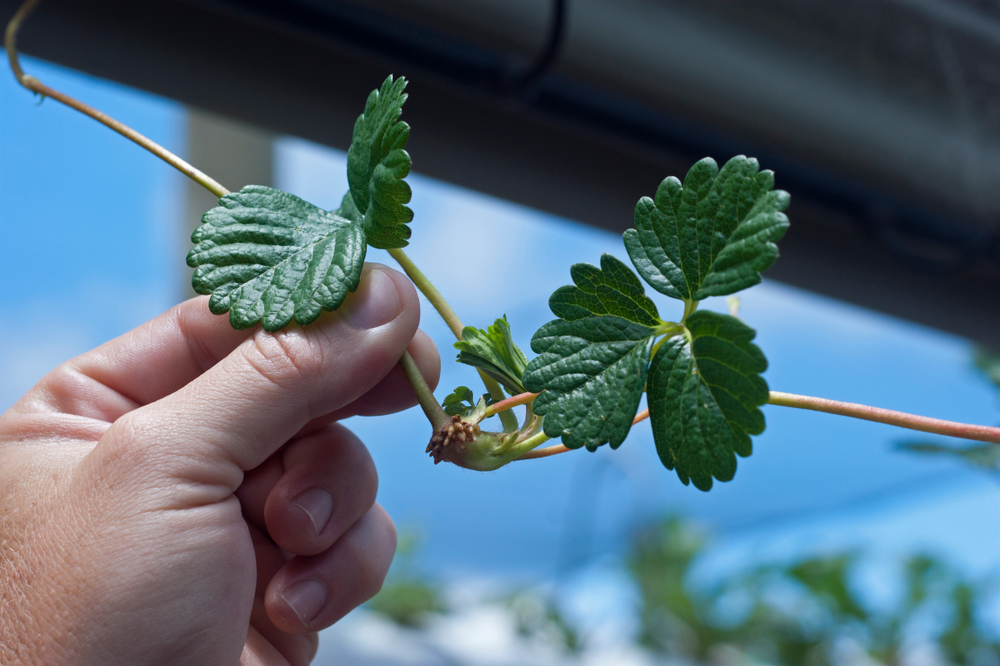Being able to harvest as many strawberries is the focus of many strawberry gardeners. Well, when planted, strawberries produce “daughters” in the first year and then start to produce fruits in the next year. But how do you ensure you have numerous strawberry plants?
The best way to propagate strawberries is by taking advantage of their runners. They will grow roots in favorable conditions, and you can replant them to get more strawberry plants. If you are new to strawberry gardening, keep reading to know what strawberry runners are and how to root them in water.
What are strawberry runners?
Strawberry runners are simply clones or offsprings of the plant. They are commonly referred to as “daughters” or stolons, and they connect to the main plant by an extended length of stem that grows horizontally on the top of the soil. In most cases, these stolons develop roots when they get in touch with the soil. However, you can also cut them and put them in water if you find it hard to allow them to root in the ground.
Runners are the most common means of propagating strawberries. However, Strawberries can also be propagated by their seeds or cuttings. Prudent gardeners prefer using the runners to expand their strawberry coverage because they easily adapt to the growing conditions. The use of runners is also cheap compared to buying new seeds.
How to root strawberry runners in water
Instead of putting strawberry runners directly into the soil and adding water to the soil, you can simply place the runners directly in the water. Whether you are rooting with water or damp soil, you will have to be patient for a while for the roots to form. Here are a few steps for rooting strawberry runners in water.
- Use a sharp pair of scissors or knife to cut the runners from their mother plant.
- Prepare a pot with small rocks or pebbles and add clean water that is free from contaminants.
- Place the runners in the water and make sure that the top of the runners is just above the water level, and the water has to stay still and at a constant level.
- Cover the pot with a plastic bag and secure it with a rubber band to prevent excess water evaporation. Put the rooting pot in a warm spot, between 65 and 70 degrees Fahrenheit, to provide adequate warmth for food production by the runners.
- Change the water after 1 or 2 days to give the runners ever-fresh growing conditions.
- Check for root development regularly but remember that patience is key. If you are regularly changing water, the runners will just develop roots.
- The runners will start growing shoots within a few days
- Plant the runners in the soil once they develop adequate roots.
- Keep watering the newly planted strawberry plant; you will see fruits after a few months.
When to cut strawberry runners
Even though most people prefer to pinch out excess runners to allow the plant to produce more fruits, you can also cut off the runners immediately after they emerge. Instead of dumping or tossing away the young runners, you can report them to facilitate strawberry propagation.
The best time to remove strawberry runners is anywhere between spring and fall. However, some gardeners believe that summer or early fall are the ideal seasons for picking runners. Strawberry usually produces numerous runners, making it easy for you to choose and cut some of them out.
Depending on the number of strawberries you wish to grow, picking three of four runners can be a good starting point. When picking the runners, carefully pull out each runner singly from the mother plant, dumping away the weak pieces while maintaining the strongest runners to replant them. Usually, the runners near the mother plant are stronger than those growing far from the mother plant.
Conclusion
Now that you know how to root strawberry runners in water, you can take bold steps and start rooting them in your garden. With a little added effort, you can have a large strawberry garden and a good harvest in the subsequent harvests.
While rooting strawberries in water, it is important to wait for the roots to develop patiently. Also, frequently change the water in the pots for effective results.

